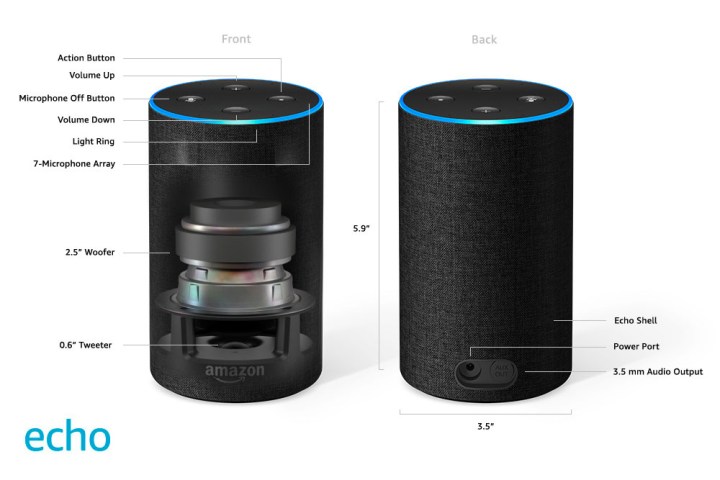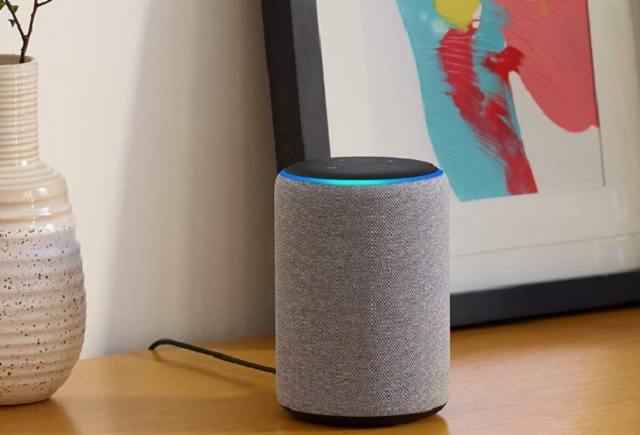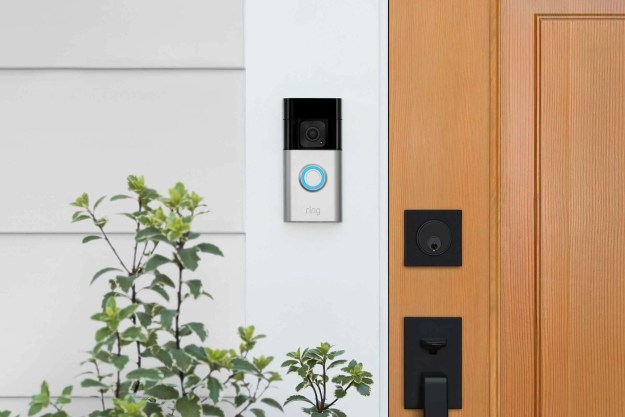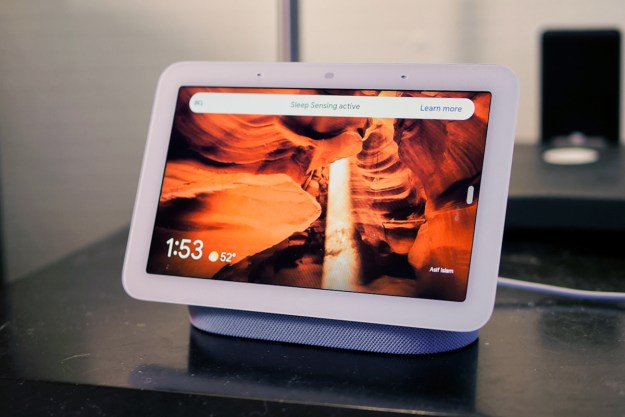Over the past few years, Amazon has been coming out with new and different Echo devices to meet the needs of its customers. In late 2017, Amazon released the Echo Plus, which made controlling your smart home easier. The Echo Plus has a built-in Zigbee smart home hub. This means you don’t need a separate device, like the Samsung SmartThings hub, to control your smart home (more on that later).
In October 2018, Amazon released the second-generation Echo Plus. What’s the difference between the two Echo Plus devices? This guide explains the ins and outs of both devices to help you decide whether to upgrade or which to buy — and what may work if neither is available.
Summary
| Sound | Design | Features | Price | |
| Echo Plus (1st-gen) | 2.5-inch woofer, 0.8-inch tweeter | Hard plastic surface, 9.2″ x 3.3″ x 3.3″ | No temperature sensor | $80-$150 |
| Echo Plus (2nd-gen) | 3-inch woofer, 0.8-inch tweeter | Fabric surface, 5.8″ x 3.9″ x 3.9″ | Has temperature sensor | $150 |
Sound
Amazon received reviews and feedback from customers about poor sound quality on the first-generation Echo Plus. The first-generation Plus has a 2.5-inch subwoofer and a 0.8-inch tweeter. If you compare that to the original Echo, which has a 2.5-inch woofer (with a reflex port to decrease sound distortion) and a 2-inch tweeter, the Plus provides less in terms of sound quality. Many customers say the first-generation Plus doesn’t have clear and crisp treble, and the bass isn’t very powerful.

The second-generation Echo Plus has increased back volume and a larger subwoofer at 3 inches. It still has a 0.8-inch tweeter like its predecessor. This means better sound quality (stronger bass, plus crisper mid- and high-tones).
Both the first- and second-generation Echo Plus devices let you adjust the treble and bass with your voice. They also both have a 3.5 mm audio output jack, which allows you to connect a more powerful speaker to your Plus.
Design
The first-generation Echo Plus looks a lot like the original Echo. It is cylindrical, 9.2- inches tall, and 3.3 inches in diameter. It has the same blue ring encircling the top and also has a volume dial around the top rim. It has two buttons on the top — an action button and a microphone off button. It has a hard plastic surface that comes in black, white, or silver. The first-generation Echo Plus isn’t the sexiest of devices, but it’s not the “hide it in the corner because it’s so horribly ugly” type of device either. It’s probably somewhere in the middle.

The second-generation Echo Plus is a bit sexier. It’s shorter and wider than its predecessor, at less than 6-inches tall and around 4-inches wide — it looks more like a Sonos One speaker overall. You can’t really tell at first glance that it’s a smart home speaker, given the fabric surface on its exterior. However, it still has the same blue ring, and it has four buttons on top: volume up, volume down, action button, and mic off button. The Plus 2nd gen comes in heather grey, charcoal, or sandstone.
Features

Echo Plus has the same Alexa features as the other newer Echo devices.
The big standout difference between the Echo Plus and other Echo devices is the built-in Zigbee hub. This allows you to set up your smart home easily and efficiently, without having to purchase an extra hub for more control and functionality. Setting up compatible smart home devices is so simple, you just say “Alexa, discover my devices,” and the Echo Plus will automatically find and set up your tech with help from the
If you use any stand-alone Echo device (non-Plus), you’ll be able to use Alexa skills to perform some basic functions on your compatible smart devices. You’ll even be able to set routines that can make your smart home products work somewhat in tandem.
But, Echo Plus lets you do more given the addition of the built-in Zigbee Hub — as long as you have compatible devices. Zigbee is a specific wireless standard used for smart home devices, separate from Wi-Fi networks: This open standard was an early option for smart devices that typically required the use of a central hub. It has since been largely replaced by Wi-Fi connections, but older or more unique devices can still support Zigbee. If you know you have a smart device that needs a Zigbee connection, it’s handy that both Plus devices support it, although it’s not as common these days.
Unlike the first-generation Echo Plus, the second-generation Plus has a temperature sensor. This allows for more advanced commands related to the temperature in your home. For instance, you could have the fan turn on when the temperature reaches 75 degrees, for instance.
Pricing and availability (and the Echo 4th gen)

The second-generation Echo Plus retailed for $150, and the first-generation Echo Plus also retailed for $150 originally before the price dropped down to $100 after it was on the market for a while. Unfortunately, it’s now nearly impossible to find a Plus 1st-gen for sale these days with the rapid rate of new and improved Amazon models replacing them. Let’s break down your current choices:
Upgrade from an earlier Echo to a Plus 2nd-Gen refurbished model: You can save some money and hold on to that old Echo model a little longer if you’re willing to invest in an Echo Plus 2nd-gen upgrade. You can still find a refurbished version of the Plus 2 for $90, making it a viable upgrade, especially if you like the idea of an Echo with a temperature sensor. Otherwise, no Plus models are currently available.
Buy the latest Echo 4th-gen instead: The Echo 4th-gen is Amazon’s broad combination of Echo and Echo Plus technology into a single, more affordable orb. We gave it an excellent review and consider it well worth its $100 price tag, especially since it’s far more advanced than previous models in the same price range. It’s a viable replacement option if you don’t want a refurbished plus model.
Editors' Recommendations
- What to do if your Amazon Alexa app is not working
- Blink Mini 2 vs. Blink Mini: Is Amazon’s new security camera a worthy upgrade?
- Echo Hub vs. Echo Show 15: Which is the best smart home gadget?
- Echo Hub vs. Echo Show 8: Which is the best option for your smart home?
- What is the Amazon Echo Hub?



